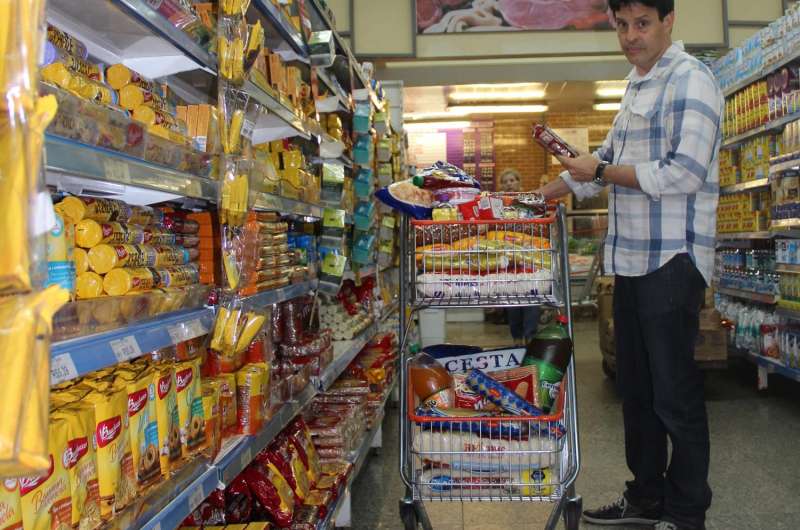When an overstocked fridge wastes food and money

For many, there's nothing like sitting down for a family meal at a table filled with hot, ready-to-serve food. Many caregivers enjoy providing diverse, nutritious meals to their families to be perceived as a good provider, and in some cultures, preparing excessive quantities of food is common. Think this is crazy? How many times have you had leftovers after Thanksgiving dinner? However, researchers from the Cornell Food and Brand Lab, Embrapa, and the Getulio Vargas Foundation in Brazil have found that these well-intended actions can result in wasted food and, thus, wasted money - a negative consequence for the environment and your wallet.
Prior to this study, little was known about how affection relates to food abundance and how it might contribute to the 371 dollars per capita wasted in US households each year. After completing an initial study examining predictors of food waste in lower-middle class families from Brazil, this study's researchers Gustavo Porpino, Brian Wansink and Juracy Parente examined similar income level households in Upstate New York to systematically look for common practices that result in American food waste.
They found that mothers often like serving large portions to express affection towards their families, and that those who experienced food insecurity in the past are especially likely to overstock food as a precautionary measure. Interestingly, when caregivers provide unhealthy food, they also prepare healthy sides to make up for the other 'junk.' Because there is more food served, there are typically more leftovers, which often are thrown away. In fact, the non-use of leftovers was the most frequent type of food waste identified. "It's kind of ironic," notes Gustavo Porpino, lead author of the study, "Caregivers do everything they can to fit the traditional role of a 'good mother.' They keep the house fully stocked with all kinds of food, provide snacks and treats in between meals, and make sure everyone has more than enough on their plates at the table, but it's these same behaviors that lead to wasted food, wasted money, and even to obesity."
The findings suggest that connecting food pantries with nutritional educators and initiatives that teach caregivers how to manage food at home can reduce food waste in this population. Specifically, positive messages about consuming leftovers and campaigns that emphasize the financial benefits of limiting waste can be used to encourage caregivers to make changes. "By recognizing that resources are wasted as a result of over-preparing food, people may be more open to exploring other ways to show their affection," explains Porpino, "The good intentions are there, all we have to do is work on how they're expressed!"
More information: Gustavo Porpino et al, Wasted Positive Intentions: The Role of Affection and Abundance on Household Food Waste, Journal of Food Products Marketing (2016). DOI: 10.1080/10454446.2015.1121433
Provided by Cornell Food & Brand Lab


















